2-Hydroxy-naphthaldehyde

2-Hydroxy-naphthaldehyde structure
|
Common Name | 2-Hydroxy-naphthaldehyde | ||
|---|---|---|---|---|
| CAS Number | 708-06-5 | Molecular Weight | 172.18 | |
| Density | 1.3±0.1 g/cm3 | Boiling Point | 305.8±0.0 °C at 760 mmHg | |
| Molecular Formula | C11H8O2 | Melting Point | 82-85ºC | |
| MSDS | Chinese USA | Flash Point | 134.3±13.0 °C | |
| Symbol |


GHS07, GHS09 |
Signal Word | Warning | |
Use of 2-Hydroxy-naphthaldehydeCFL-137 is a potent KRasG12C inhibitor. CFL-137 shows an antiproliferative effect. CFL-137 shows anticancer activity. CFL-137 has the potential for the research of lung cancer[1]. |
| Name | 2-Hydroxy-1-naphthaldehyde |
|---|---|
| Synonym | More Synonyms |
| Description | CFL-137 is a potent KRasG12C inhibitor. CFL-137 shows an antiproliferative effect. CFL-137 shows anticancer activity. CFL-137 has the potential for the research of lung cancer[1]. |
|---|---|
| Related Catalog | |
| Target |
KRAS(G12C) |
| In Vitro | CFL-137 (72 h) 显示出抗增殖作用,对 H1792, SW1573, MiaPaca2, H358, A549, SW480, PANC-1, LCLC-103H, BxPC3, HCA-7, MRC-5, HUVEC-TERT, CCD-986Sk 细胞的 IC50 值分别为 11.4, 24.2, 24.5, 12.3, 43.3, 44.5, 27.63, 32.4, 46.9, 26.2, 25.0, 10.8, 66.2 µM[1]。 |
| In Vivo | CFL-137 (5 mg/kg,5 次治疗;15 mg/kg,5 次治疗;30 mg/kg,3 次治疗;i.p.) 减少皮下人肺癌 H1792 (KRasG12C 突变体) 和 LCLC-103H (KRasWT) 小鼠肿瘤模型的生长[1]。 Animal Model: NOD/SCID female mice (KRasWT (LCLC-103H) or KRasG12C (H1792) tumors)[1] Dosage: 5 mg/kg, 5 treatments; 15 mg/kg, 5 treatments; 30 mg/kg, 3 treatments Administration: I.p. Result: Reduced tumor growth compared to the control group in KRasG12C mutated model for 32.5%. |
| References |
| Density | 1.3±0.1 g/cm3 |
|---|---|
| Boiling Point | 305.8±0.0 °C at 760 mmHg |
| Melting Point | 82-85ºC |
| Molecular Formula | C11H8O2 |
| Molecular Weight | 172.18 |
| Flash Point | 134.3±13.0 °C |
| Exact Mass | 172.052429 |
| PSA | 37.30000 |
| LogP | 2.84 |
| Vapour Pressure | 0.0±0.6 mmHg at 25°C |
| Index of Refraction | 1.719 |
CHEMICAL IDENTIFICATION
HEALTH HAZARD DATAACUTE TOXICITY DATA
|
| Symbol |


GHS07, GHS09 |
|---|---|
| Signal Word | Warning |
| Hazard Statements | H315-H319-H335-H400 |
| Precautionary Statements | P261-P273-P305 + P351 + P338 |
| Personal Protective Equipment | dust mask type N95 (US);Eyeshields;Gloves |
| Hazard Codes | Xi: Irritant;N: Dangerous for the environment; |
| Risk Phrases | R36/37/38 |
| Safety Phrases | S24/25 |
| RIDADR | UN 3077 9 |
| WGK Germany | 2 |
| RTECS | QJ0300000 |
| HS Code | 2912499000 |
| Precursor 10 | |
|---|---|
| DownStream 10 | |
| HS Code | 2912499000 |
|---|---|
| Summary | 2912499000. other aldehyde-ethers, aldehyde-phenols and aldehydes with other oxygen function. VAT:17.0%. Tax rebate rate:9.0%. . MFN tariff:5.5%. General tariff:30.0% |
|
Synthesis, spectroscopic, coordination and biological activities of some transition metal complexes containing ONO tridentate Schiff base ligand.
Spectrochim. Acta. A. Mol. Biomol. Spectrosc. 149 , 771-87, (2015) The main target of this paper is to get an interesting data for the preparation and characterizations of metal oxide (MO) nanoparticles using H2L Schiff base complexes as precursors through the therma... |
|
|
Schiff bases attached L-glutamine and L-asparagine: first investigation on antimutagenic and antimicrobial analyses.
Artif. Cells. Nanomed. Biotechnol. 42(3) , 199-204, (2014) This study was conducted to evaluate the antimutagenic and antimicrobial activities of Schiff bases attached L-glutamine and L-asparagine. Antibacterial activities of the compounds against S. aureus, ... |
|
|
Inhibition of ER stress-associated IRE-1/XBP-1 pathway reduces leukemic cell survival.
J. Clin. Invest. 124(6) , 2585-98, (2014) Activation of the ER stress response is associated with malignant progression of B cell chronic lymphocytic leukemia (CLL). We developed a murine CLL model that lacks the ER stress-associated transcri... |
| 2-Hydroxy-1-naphthaldehyde |
| 2-hydroxynaphthalene-1-carboxaldehyde |
| 1-naphthalenecarboxaldehyde, 2-hydroxy |
| 1-Naphthalenecarboxaldehyde, 2-hydroxy- |
| EINECS 211-902-0 |
| 2-Hydroxy-naphthaldehyde |
| MFCD00004005 |
| .β.-Hydroxy-.α.-naphthaldehyde |
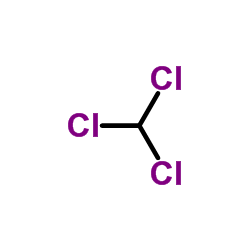 CAS#:67-66-3
CAS#:67-66-3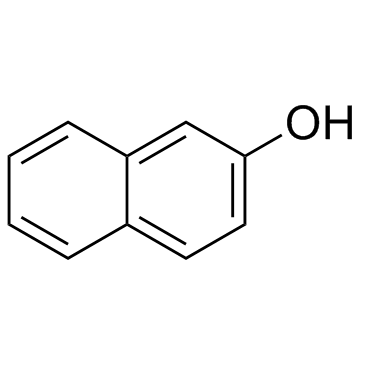 CAS#:135-19-3
CAS#:135-19-3 CAS#:5392-12-1
CAS#:5392-12-1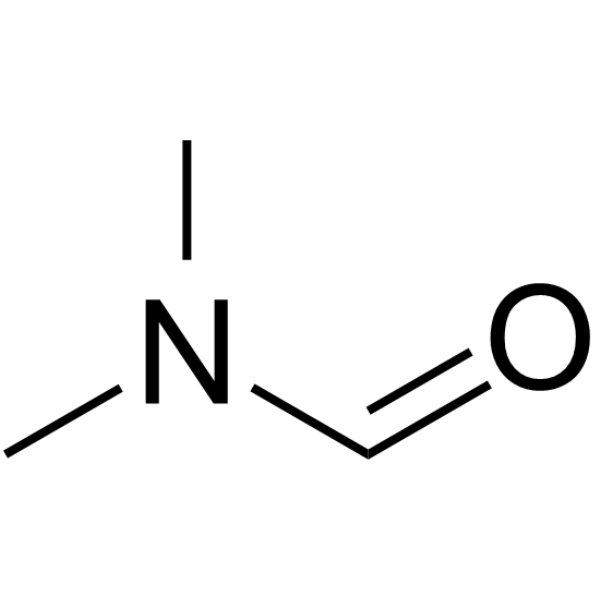 CAS#:68-12-2
CAS#:68-12-2![6-(2-hydroxy-naphthalen-1-yl)-1,3,5-trimethyl-[1,3,5]triazinane-2,4-dione Structure](https://image.chemsrc.com/caspic/125/60588-92-3.png) CAS#:60588-92-3
CAS#:60588-92-3 CAS#:1988-18-7
CAS#:1988-18-7 CAS#:252054-88-9
CAS#:252054-88-9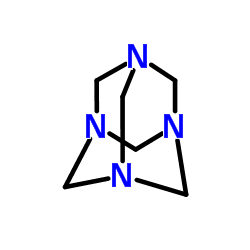 CAS#:100-97-0
CAS#:100-97-0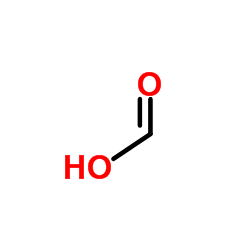 CAS#:64-18-6
CAS#:64-18-6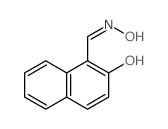 CAS#:7470-09-9
CAS#:7470-09-9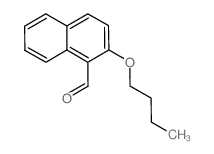 CAS#:1084-35-1
CAS#:1084-35-1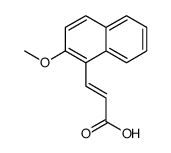 CAS#:106276-48-6
CAS#:106276-48-6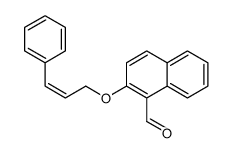 CAS#:108120-32-7
CAS#:108120-32-7![2-[(2-oxonaphthalen-1-ylidene)methylamino]benzamide structure](https://image.chemsrc.com/caspic/421/106910-71-8.png) CAS#:106910-71-8
CAS#:106910-71-8![acetic acid,[1-(dihydroxymethyl)naphthalen-2-yl] acetate structure](https://image.chemsrc.com/caspic/222/111508-05-5.png) CAS#:111508-05-5
CAS#:111508-05-5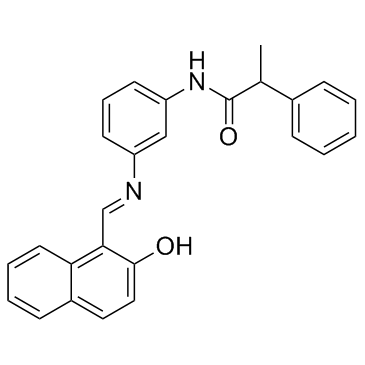 CAS#:1105698-15-4
CAS#:1105698-15-4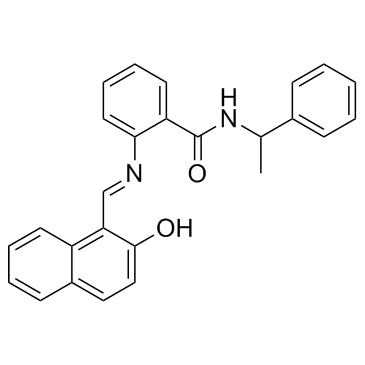 CAS#:410536-97-9
CAS#:410536-97-9 CAS#:4743-58-2
CAS#:4743-58-2![2-[(E)-2-Carboxyvinyl]benzoic acid structure](https://image.chemsrc.com/caspic/442/18454-53-0.png) CAS#:18454-53-0
CAS#:18454-53-0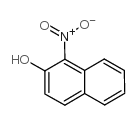 CAS#:550-60-7
CAS#:550-60-7
